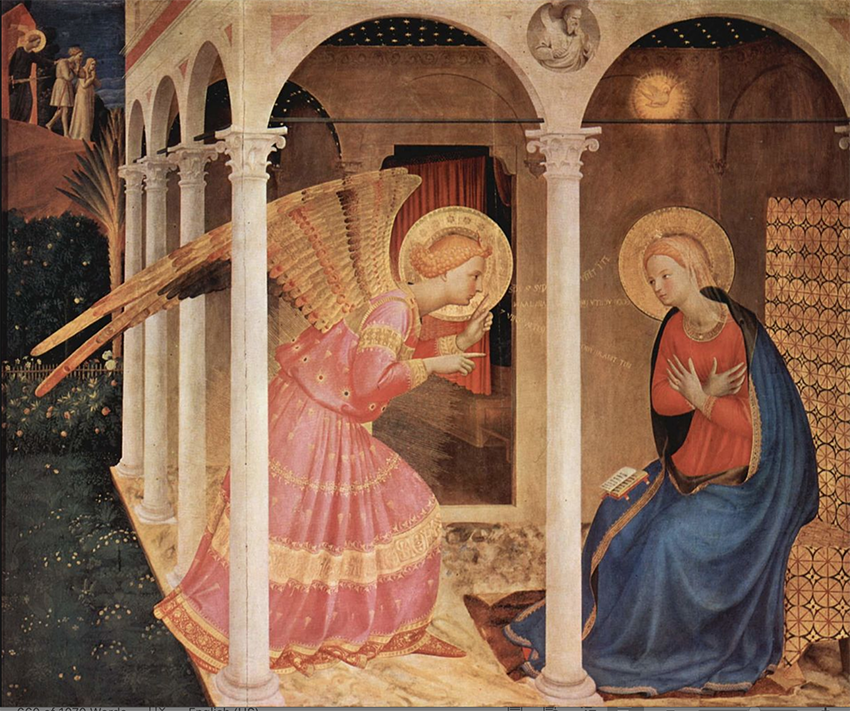
Not only for defense did the Etruscans (the forerunners of the modern Tuscans) have the good sense to establish their confederacy of cities on hills—Cortona, roughly 1600 ft. or 487 meters in altitude, is cool and shady and even offers summer events. Strolling up the town’s steep, medieval streets, visitors will find the oldest antique fair in Italy at Cortonantiquaria, obligatory for collectors or those interested in high quality, rare, and valuable antiques. Cortona itself offers many interesting sites to tour on a day trip or overnight stay facilitating a longer visit.
VISITING CORTONA
Cortona rises in three layers: Etruscan, Roman and Medieval. The Museum of Etruscan Culture (MAEC; admission varies from €10 to €7) is found in piazza Signorelli, and, in addition to art from the 12th to the 20th centuries, contains an archeological collection comprising Etruscan and Roman statuettes and a 4th century B.C. Etruscan bronze chandelier. A mirror reveals containers for oil, while the underside is decorated with the head of the Medusa and mythical Sirens. The chandelier probably cast light on Etruscan women wearing gold jewelry. The pieces, found in tombs at the bottom of the Cortona hillside, are admirable for their intricacy of beautifully-crafted design and detail.
Stones placed by the Etruscans are still visible in the city walls. Nearby, the medieval townhouses in via Jannelli prop up their stories with wooden supports. Cortona is also filled with narrow alleys that are its medieval imprint offering views down to the Chiana valley below and also upwards. At the very top of Cortona stands the Church of Santa Margherita, where the saint is buried. On the path to the town below, a placard marks the spot where a Roman temple to Mars once stood.
Other churches capture the spirit of the town as well. The 16th century Cathedral overlooks the valley. Inside there is a wonderful Brunelleschi-inspired balance between arches and columns to please the eye in addition to paintings by artists Cigoli, Allori and Pietro da Cortona. The Diocesan Museum opposite the Cathedral also holds a wealth of art. Along with a medieval crucifix and an Enthroned Madonna (Maestà) by Lorenzetti, the site’s crowning work is an “Annunciation” (1428-1430) by Fra Angelico. In a gilded array of color, the Virgin listens guardedly to the Angel Gabriel, who, in full-winged grandeur, speaks in delicately depicted words that float in the air between them. Gold halos warm the elegant painting, and the skill and vision of the “Blessed” Angelico leaves the viewer breathless. The angel of this Annunciation is also the trademark of the annual summer antiques fair Cortonantiquaria.
CORTONANTIQUARIA
Until August 30: CORTONANTIQUARIA. Centro Convegni Sant’Agostino, via Guelfa. Hours: Monday, Thursday, Friday 10 am – 1 pm & 3:30 – 8 pm. Tuesday, Wednesday 3:30 – 8 pm, Saturday, Sunday 10 am – 8 pm. Admission: €8 or €12 which includes entrance of Cortona’s Museum of Etruscan Culture (MAEC).
The Cortona Antiques event (Cortonantiquaria) returns to this walled hill town overlooking the Val di Chiana. Home of Renaissance artists Luca Signorelli and Pietro da Cortona, the town is also famous as the site of the book and movie “Under the Tuscan Sun.”
Set in a spacious new venue located downtown, over 20 antique dealers from all regions of Italy and a guest from Madrid are currently displaying furniture, porcelain, paintings, sculptures, tapestries, Persian rugs, silver pieces, jewelry and crystal pieces. Antique lovers from all over Europe, seeking the experience of time travel through hand-crafted objects, come to view Italy’s longest running event dedicated to antiques.
The city of Cortona invites visitors to this exceptional fair. Those who seek to buy a vintage treasure or those who come merely to admire hand-crafted classic items are welcome. (rita kungel)







